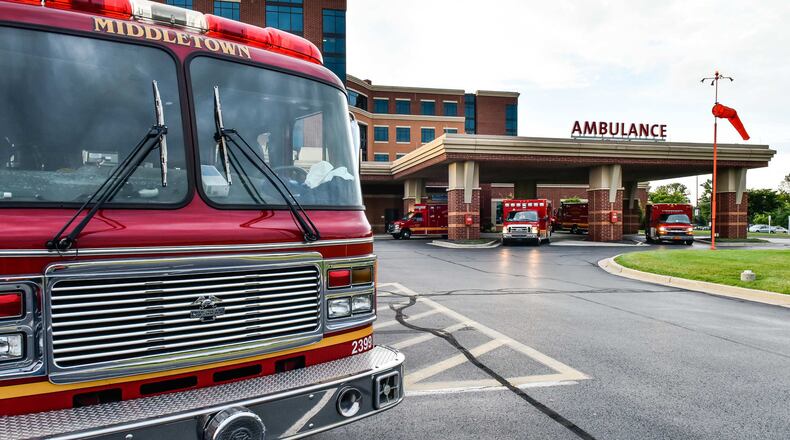Then the hydrant flushing and testing duties were shared between the fire department and water maintenance departments. The water maintenance department does not have the staffing capabilities to fill in and assume full responsibility of hydrant flushing and testing, according to the city.
Even though staffing has been increased to 19, Lolli told City Council members the department doesn’t have the resources to check the hydrant during normal shifts. He said they need to be checked between 9 a.m. to 2:30 p.m. in case there is a break and the water department needs to be notified.
He’s asking council to approve a one-time transfer of $78,300 from the water fund to the fire department for overtime hours to conduct flushing and testing of fire hydrants. The emergency ordinance was read at last week’s council meeting and will be voted on at the next meeting on May 3.
While paying firefighters overtime to flush/test hydrants might not be the “most cost-effective solution” long term, the staffing capabilities exist in the near-term, according to a staff report.
The maintenance allows the city to verify the hydrants are in working order and providing sufficient fire flow to support firefighting efforts, he said. Additionally, hydrants are required to be tested once every five years to verify specific parameters are met for pressure and flow. The testing process includes logging flow and pressure data for the hydrant, he said.
He said firefighters will be flowing the hydrants this summer and testing one-fifth of the city’s hydrants every year on a rotating basis.
Next year, as a way to reduce costs, Lolli hopes to train college students to flow the hydrants.
At a recent fire, Lolli said a 2 1/2-inch cap blew off and the firefighters lost water.
“It’s a problem,” he said. “We can’t have that happen.”
About the Author

